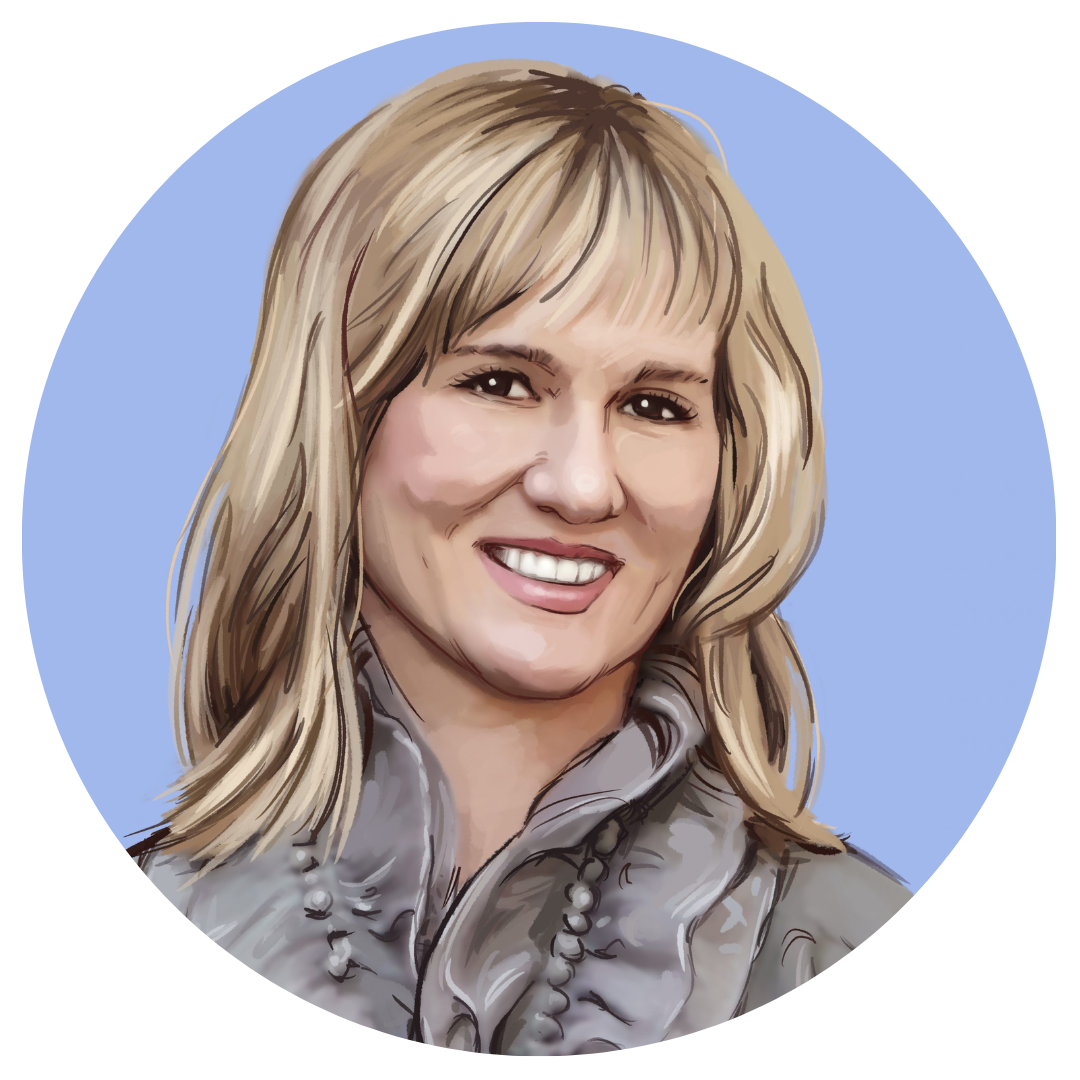November 5, 2024
How I Learned to Grow Around Grief
How I Learned to Grow Around Grief
I didn’t know what to expect from grief. But the initial shock of losing my 14-year-old daughter, Jenna, cut so deeply that I couldn’t imagine the pain ever intensifying. Just months after her passing, I attended a grief group, feeling the raw ache of early loss. That night, a mother approached me, her eyes reflecting the unending love she held for her son, who had passed away in a skiing accident in Europe. As she shared his story, her tears mirrored my own, but then she said something that struck me deeply: “It only gets harder as the years pass by.” She explained that, in the beginning, numbness protects you, but as it fades, grief comes rushing in with even greater force.
Hearing those words, I realized I had to find a way to cope with my grief that would sustain me in the years to come. I didn’t want to be worse off in five years than I was in that first year. I knew I would need to find a way to grow around my grief rather than be consumed by it. Over time, I learned that grief doesn’t get smaller or disappear. Instead, I had to create space in my life for both sorrow and joy, learning to live with my grief in a way that honored Jenna’s memory. Slowly, I began to build a life that embraced both love and resilience, allowing my grief to exist without letting it define me.
Understanding Lois Tonkin’s Model of Grief

I first encountered the idea of growing around grief through the work of Dr. Lois Tonkin, a counsellor who had developed a model of grief that completely changed how I viewed my own grieving process. Dr. Tonkin’s model of grief was based on the experiences of a bereaved mother who had lost her child. This mother shared that her grief had not diminished over time, as she had expected. Instead, it stayed the same size, but her life had grown larger around it. Tonkin used a simple yet powerful visual—a small circle representing grief and a larger circle representing life that continues to grow around the grief.
This resonated deeply with me. For so long, I had hoped my grief would shrink, that the pain might eventually fade. But I came to understand that my grief was a permanent part of my life. I made a choice—I would learn to live with it, not let it destroy me or my family. Embracing the idea of growing around my grief, I realized that while the pain would never disappear, my life could expand to hold both sorrow and joy. This shift in perspective was freeing. No longer did I feel the pressure to "get over" my grief. Instead, I focused on how to create space around it, making room for new experiences, healing, and even moments of joy.
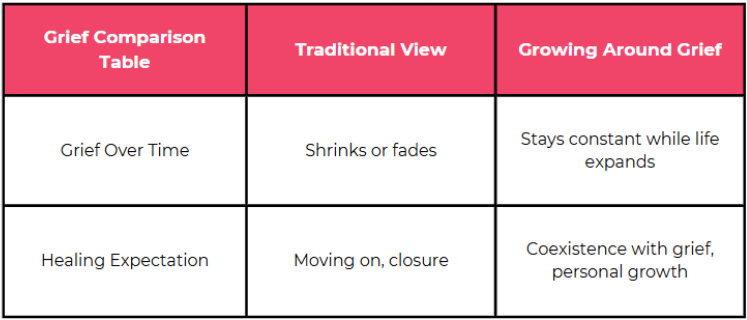
The Emotional and Physical Impact of Bereavement
Bereavement is a deeply personal journey, and no two people experience it in the same way. In the early days of my grief, it felt like an all-consuming force. The sadness, the anger, and the confusion were overwhelming. Physically, I felt drained—exhausted in a way that no amount of sleep could fix. It was as though my body was grieving too. I would get brain fog, my muscles ached, and even simple tasks felt like monumental efforts. I learned that grief doesn’t just affect the heart and mind—it affects every part of you.
Emotionally, I felt a constant tension between holding on and letting go. I wanted to honor the memory of my daughter, but I also wanted to find peace and move forward. Some days, the grief was so intense that it felt like no time had passed at all since the loss. On other days, I could laugh and enjoy moments of happiness, only to be hit with a wave of guilt. How could I feel joy when Jenna was gone? This internal struggle was exhausting, but over time, I began to understand that both joy and grief could coexist.
Dr. Lois Tonkin’s model of grief was a game-changer for me. Her idea that we do not "move on" from grief but instead grow around it allowed me to make peace with these contrasting emotions. My grief remained constant, but my capacity for joy and new experiences grew alongside it.
How to Grow Around Your Grief
One of the most valuable lessons I’ve learned during my bereavement process is that growing around grief requires intentional effort. Grief wasn’t going to simply shrink over time, but I could take steps to expand my life around it. Here are some of the practical ways I learned to grow around my grief:
- Create New Experiences
After Jenna’s passing, I focused on living a life she was cut short from experiencing. I found strength in creating new memories with family and friends, knowing she would want us to continue living fully. My girls kept playing soccer, carrying forward the joy that Jenna had always embraced. Friends and I started the #hersmile Nonprofit, hosting meaningful events like a gala and a golf tournament to honor her memory. We traveled with family, creating sweet new memories that reminded us of the beauty in life and the importance of cherishing each moment. These experiences didn’t diminish the grief, but they expanded the space around it, allowing joy and healing to coexist. - Expand Your Social Circle
In the beginning, every instinct urged me to retreat, to curl up and close the world out. But I remember thinking that if I shut the door on the people offering support, they might never feel comfortable coming back around. Despite the overwhelming pull to isolate, a quiet whisper encouraged me to stay open, to let love in and allow it to surround us with healing energy. I welcomed friends and family into our space, letting their warmth and presence wrap around us like a comforting embrace. Over time, I discovered that by remaining open, I could grow around my grief, letting connection and love be part of the journey forward. - Acknowledge Your Grief
One of the most important steps in my journey was learning to acknowledge my grief without letting it overwhelm me. Rather than trying to push the sadness away or ignore it, I made space for it in my life. I created rituals that allowed me to honor my grief, like lighting a candle on special anniversaries or writing letters in my journal.

One quote that helped me on my healing journey came from C.S. Lewis:
This quote helped me understand that grief is a deeply physical and emotional experience. It’s not something that can be "fixed" or "overcome" but something that becomes part of us. By embracing the idea of growing around grief, you can give yourself permission to heal at your own pace, without feeling pressured to reach some arbitrary endpoint.
Breaking the Stigma Around Grief
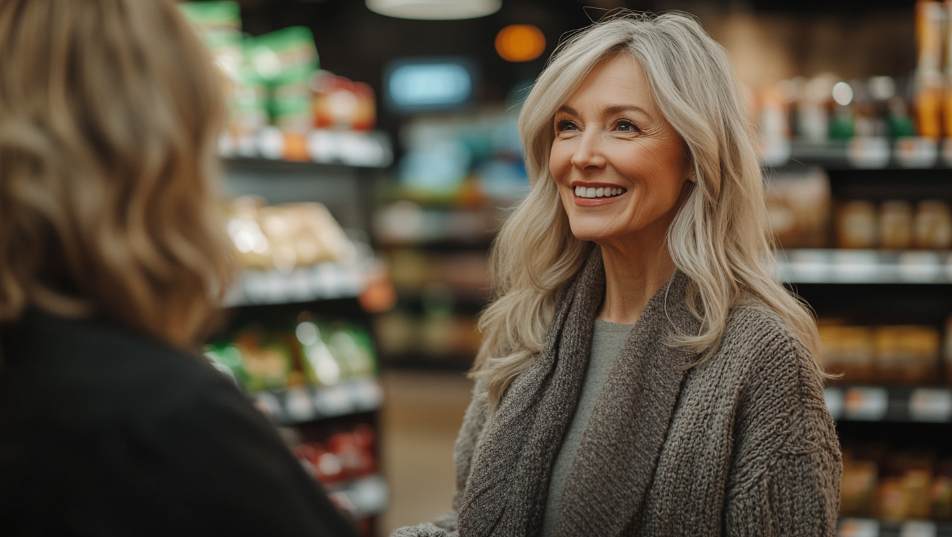 One of the most defining choices in my journey was deciding whether to help people feel comfortable around us or to retreat. Either path would have been understood, but the outcomes would have been very different. Grief doesn’t simply fade or “expire”; it becomes part of us, woven into the fabric of our lives. Writer Nora McInerny captures this perfectly: “We don’t ‘move on’ from grief. We move forward with it.” Embracing this, I chose to remain open and welcoming, creating a space where others could feel at ease around my family and me. This approach allowed us to carry Jenna’s memory openly while reconnecting with our community.
One of the most defining choices in my journey was deciding whether to help people feel comfortable around us or to retreat. Either path would have been understood, but the outcomes would have been very different. Grief doesn’t simply fade or “expire”; it becomes part of us, woven into the fabric of our lives. Writer Nora McInerny captures this perfectly: “We don’t ‘move on’ from grief. We move forward with it.” Embracing this, I chose to remain open and welcoming, creating a space where others could feel at ease around my family and me. This approach allowed us to carry Jenna’s memory openly while reconnecting with our community.
If you’re navigating grief and seeking to grow around it, be mindful of the subtle ways grief can create discomfort in social settings. You have a choice in how you approach these interactions, and by setting a tone of openness, you can help others feel comfortable around you and your family. When you encounter familiar faces at the grocery store or in everyday places, consider being the one to say “hi” first. Showing others that it’s okay to engage with you can make a big difference.
When you’re in social situations, like sitting with others at events or gatherings, try to weave your loved one’s name into lighthearted, natural conversations. Let people know it’s okay to remember and talk about them. By doing this, you help lift the unspoken tension that can sometimes accompany grief, inviting others to be a part of your journey in a way that feels genuine and comfortable.
This approach allows you to stay connected with your community, honoring your loved one’s memory while embracing new experiences and connections. Grief becomes something you carry forward, a companion you choose to grow around, rather than something that holds you back. By creating this openness, you make space for both healing and joy, allowing you to live fully while keeping the memory of your loved one alive.
Finding Joy and Healing in New Experiences
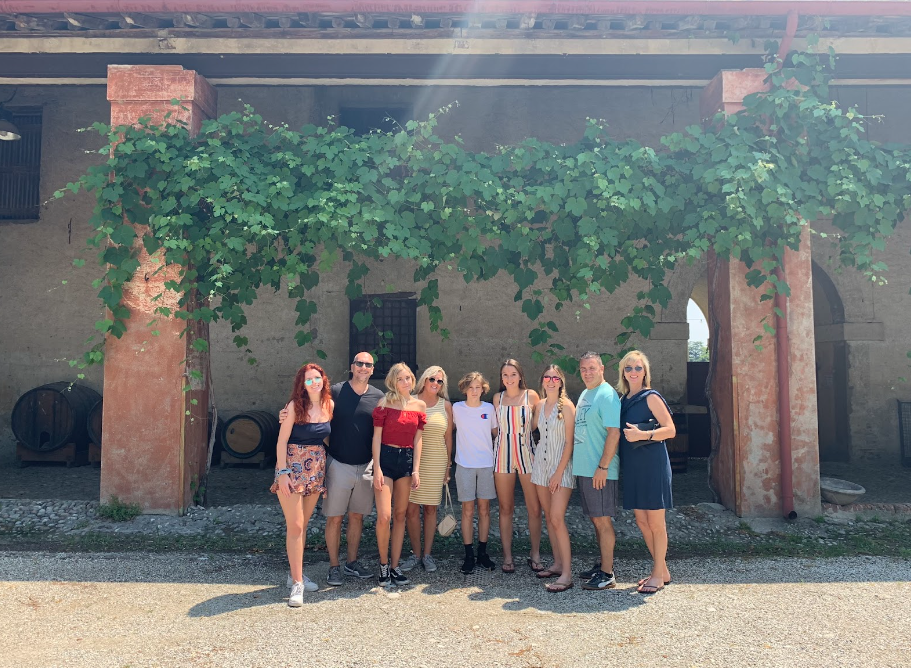 The idea of growing around grief is not about erasing the past or forgetting the loved one we lost. Instead, it’s about expanding our lives to include new experiences, people, and opportunities that coexist with our grief. For me, this meant actively seeking out joy, even when it felt uncomfortable at first.
The idea of growing around grief is not about erasing the past or forgetting the loved one we lost. Instead, it’s about expanding our lives to include new experiences, people, and opportunities that coexist with our grief. For me, this meant actively seeking out joy, even when it felt uncomfortable at first.
One of the first steps you can take is to re-engage with activities you used to love. It might feel strange at first to find enjoyment while still deeply mourning, but remember, allowing yourself to feel joy doesn’t dishonor your grief. Instead, it’s a way to grow around it. Consider trying new hobbies or activities that connect you with the present moment—things like photography or hiking, which can help remind you that, despite the pain, life still holds beauty and wonder.
Make an intentional effort to build new relationships as well. Seek out connections with people who have also experienced loss; their stories can help you feel less alone. Sharing experiences of grief can create a sense of community where healing is possible, even amidst the pain. These new relationships can become a vital part of your healing process, supporting you as you continue to expand your life, honoring both the love you hold and the new experiences you embrace.
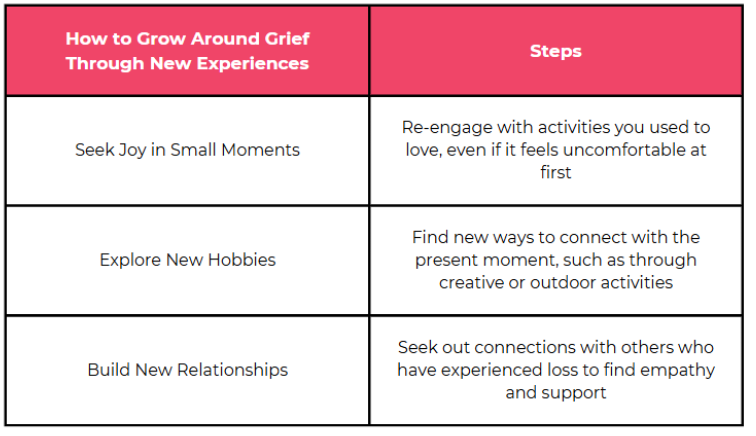
Coping with Grief’s Triggers and Waves
Grief rarely stays neatly contained, and you may find that it resurfaces unexpectedly, triggered by a song, a place, or a memory. These waves of grief can be just as powerful as the early days of your loss, sometimes leaving you feeling as though no progress has been made at all. Recently, I experienced this with the passing of our black Labrador, a loss that felt especially heavy because she had always represented a connection to Jenna. Knowing that Jenna had helped choose her made that bond all the more meaningful and that much harder to let go.
As you continue on your journey, learning to cope with grief’s triggers in a healthy way can help. Try to view these waves of grief not as setbacks but as part of the natural ebb and flow of the grieving process. Grief isn’t linear, and there’s no timeline for healing. Instead of fighting these moments, try to ride them out, trusting that each wave will pass and that you’ll find your footing again.
Consider working with a therapist if you haven’t already, as they can be instrumental in guiding you through these moments. My therapist encouraged me to acknowledge the triggers and create space for the emotions that followed, teaching me not to push the grief aside but to sit with it, letting it wash over me without fear. This approach can help build resilience, allowing you to grow stronger in your ability to carry your grief with grace and acceptance.
OUR MISSION
We are a nonprofit founded in honor of Jenna Betti, funding programs to empower and inspire people to thrive despite adversity.
Need Support Now?

